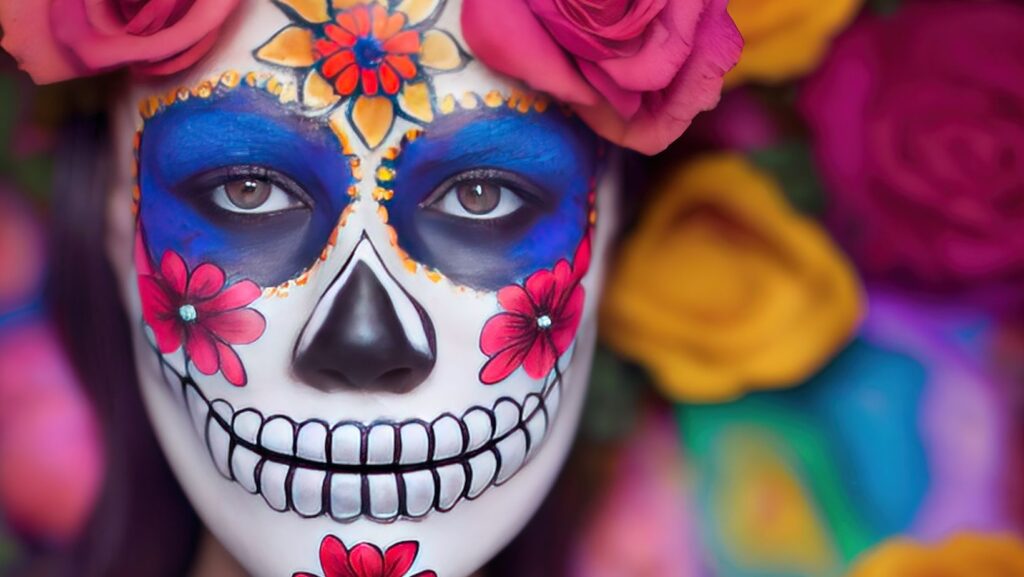Art:zcwh2wzazsa= Skull
Art skulls have fascinated artists and collectors alike, blending the macabre with the sublime. These intricate creations, often crafted from diverse materials, serve as a canvas for exploring themes of mortality, identity, and culture. From ancient times to modern-day interpretations, skull art has evolved, capturing the imagination of those who appreciate its unique aesthetic.

In contemporary art, skulls are more than just symbols of death; they’re powerful statements of life and creativity. Artists use them to challenge societal norms and provoke thought, transforming the skull into a versatile icon. Whether it’s a minimalist design or an elaborate masterpiece, each art skull tells a story, inviting viewers to delve deeper into its meaning.
The allure of art skulls lies in their ability to evoke emotion and inspire reflection. As they continue to gain popularity, they remind us of the delicate balance between life and death, urging us to appreciate the beauty in both.
The Fascination With Art Skull

Art skulls captivate audiences with their blend of aesthetics and symbolism. Artists often use skulls to explore themes like death and rebirth, offering profound messages through intricate designs. Throughout history, cultures such as the Aztecs and Tibetans incorporated skulls in art to symbolize sacrifice and spirituality. These representations convey shared human experiences and cultural narratives.
In modern times, art skulls appear in various forms, from paintings to sculptures. Famous artists like Damien Hirst and Jean-Michel Basquiat have used skulls to challenge viewers’ perceptions and evoke emotional responses. Their works demonstrate the skull’s versatility as a medium for artistic expression.
The fascination also extends to fashion and interior design, where skull motifs are prevalent. These designs range from elegant jewelry pieces to bold home decor items, reflecting the skull’s enduring appeal in contemporary culture. Embracing art skulls allows individuals to connect with deeper existential themes while appreciating their visual allure.
Historical Background
Skulls in art trace back to early human civilization. Their presence in various cultures has contributed significantly to art history.
Early Representations of Skulls in Art
Ancient societies often used skulls in art to convey profound meanings. The Aztecs, for example, incorporated skulls into carvings and paintings to symbolize regeneration and the cycle of life and death. Skulls also appeared in ancient European art, where they served as “memento mori,” reminding individuals of mortality. In Tibetan art, skulls were used in religious ceremonies, reflecting spiritual beliefs and practices. Palpably, skulls have been central in art across regions and epochs, reflecting shared human insights.
Evolution of Skull Symbolism
Over centuries, skull symbolism has evolved dramatically. During the Renaissance, artists employed them to challenge perceptions of existence and the afterlife. In the 19th century, the symbolism expanded to express Romanticism’s fascination with the macabre and the sublime. Moving into contemporary art, skulls signify complex themes, from political commentary to existential reflections. This evolution showcases the skull’s adaptability in conveying diverse narratives and meanings across time. Skulls continue to symbolize critical human experiences and societal reflections today.
Art Skull in Contemporary Culture

Art skulls captivate contemporary society, permeating various cultural domains. Their symbolism resonated with modern artists, fashion designers, and consumers alike.
Art skulls attract a diverse range of artists. Sculptors and painters like Damien Hirst employ skull motifs to provoke thoughts on mortality. Hirst’s “For the Love of God,” a platinum skull covered with diamonds, exemplifies this trend. Jean-Michel Basquiat infused skulls into his neo-expressionist works, reflecting cultural identity and social commentary.
The influence of art skulls extends into fashion and interior design. Renowned fashion houses such as Alexander McQueen incorporate skull motifs into apparel and accessories, blending edgy aesthetics with luxury. In interior design, skulls serve as striking decorative elements. Designers use them in eclectic styles to convey bold, contemporary statements. These applications highlight the versatility and enduring appeal of art skulls in modern design.
Art skulls continue to captivate audiences with their unique blend of aesthetics and profound symbolism. They serve as powerful mediums for exploring complex themes like mortality, identity, and cultural narratives. As artists push boundaries through both traditional and modern techniques, art skulls remain relevant in contemporary discourse.

